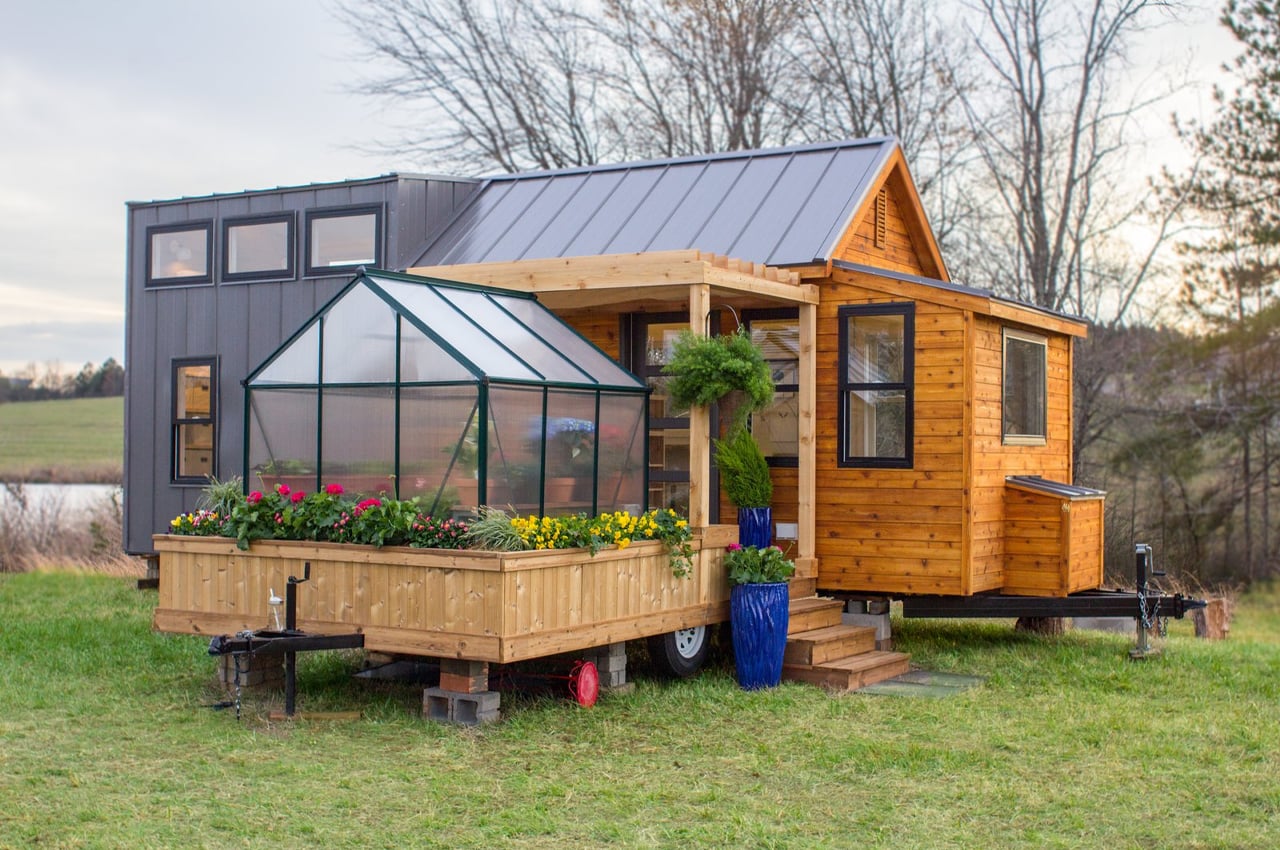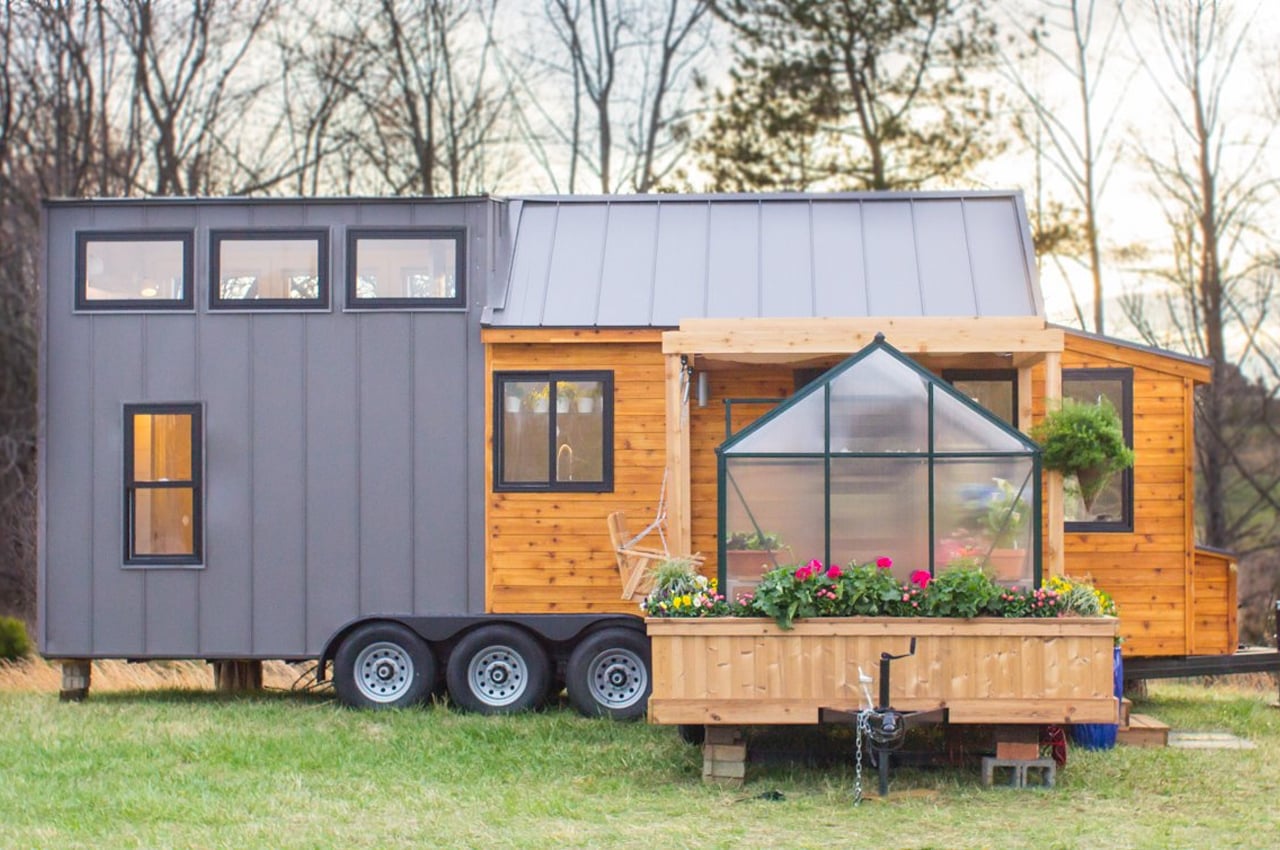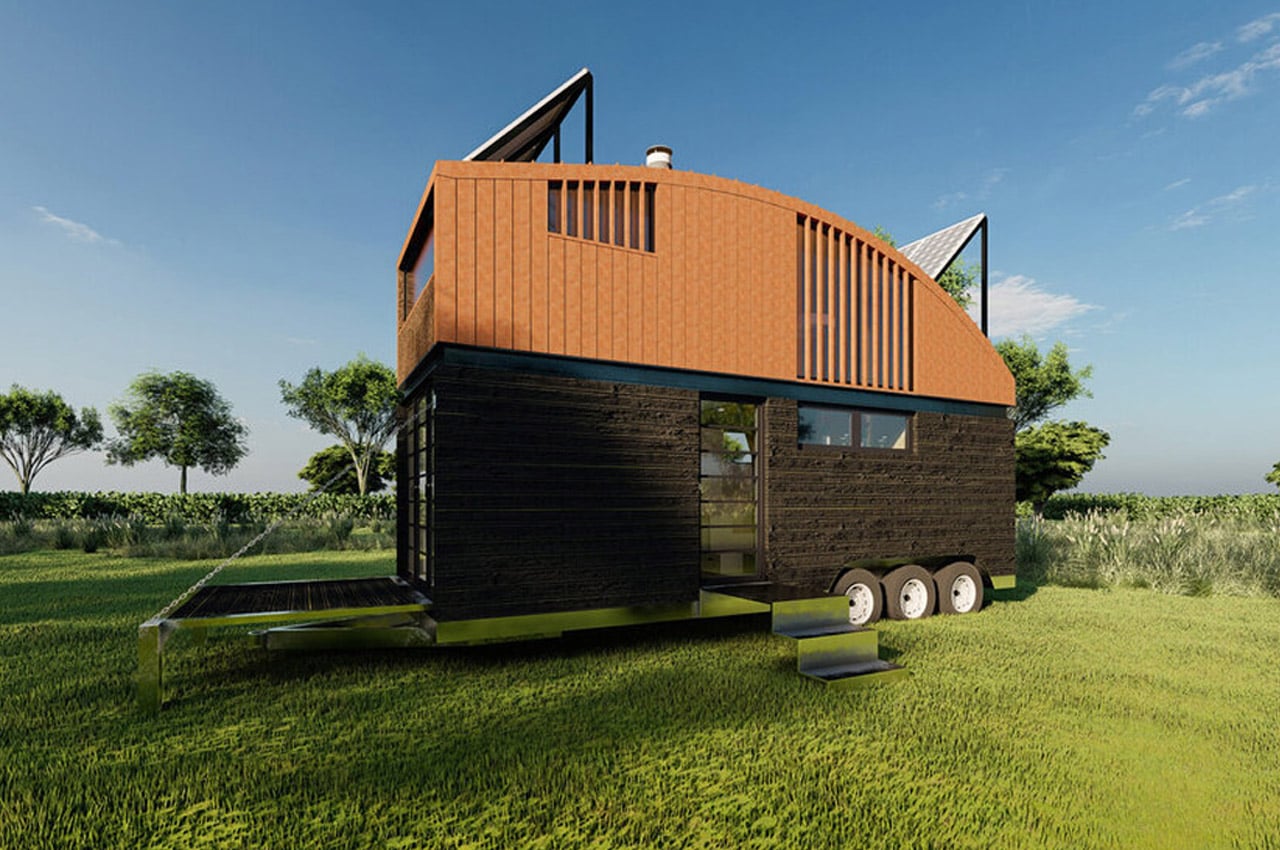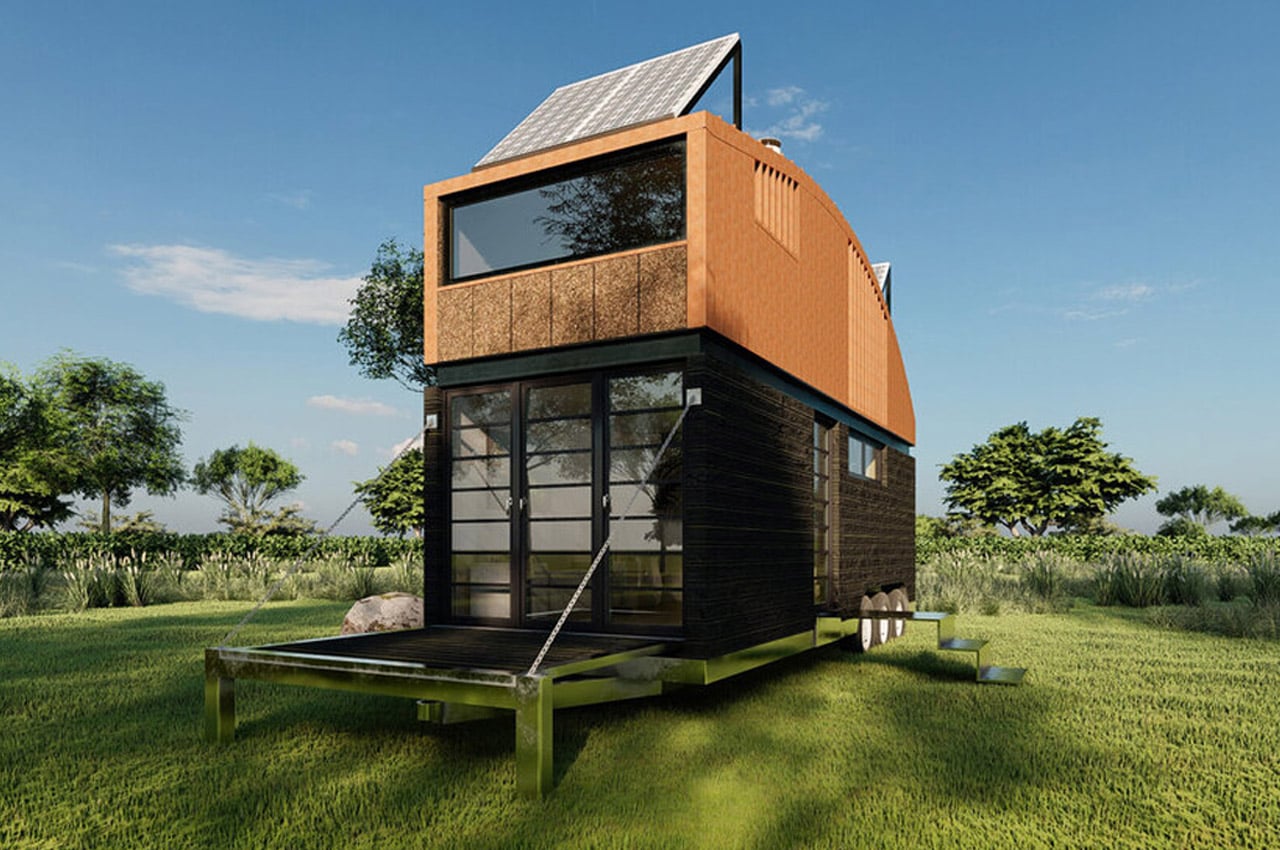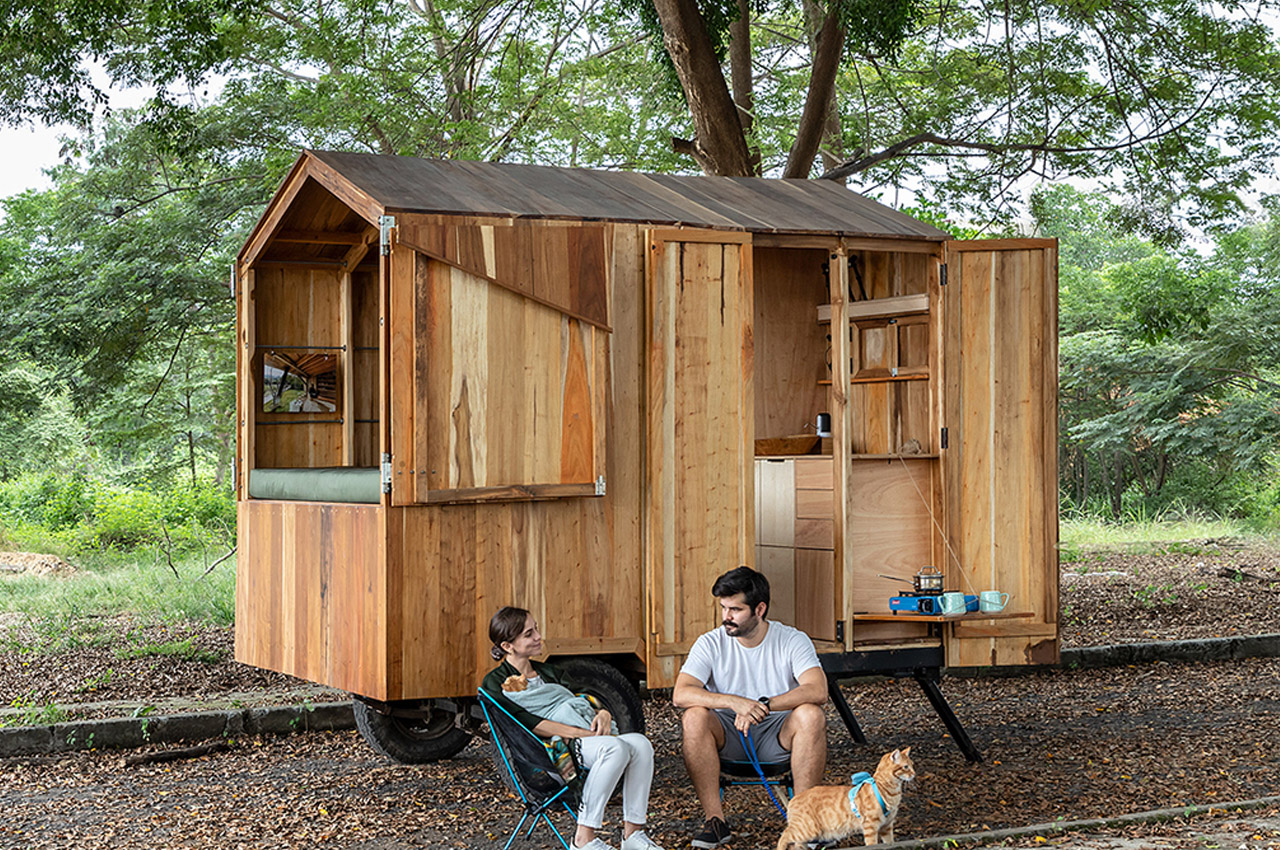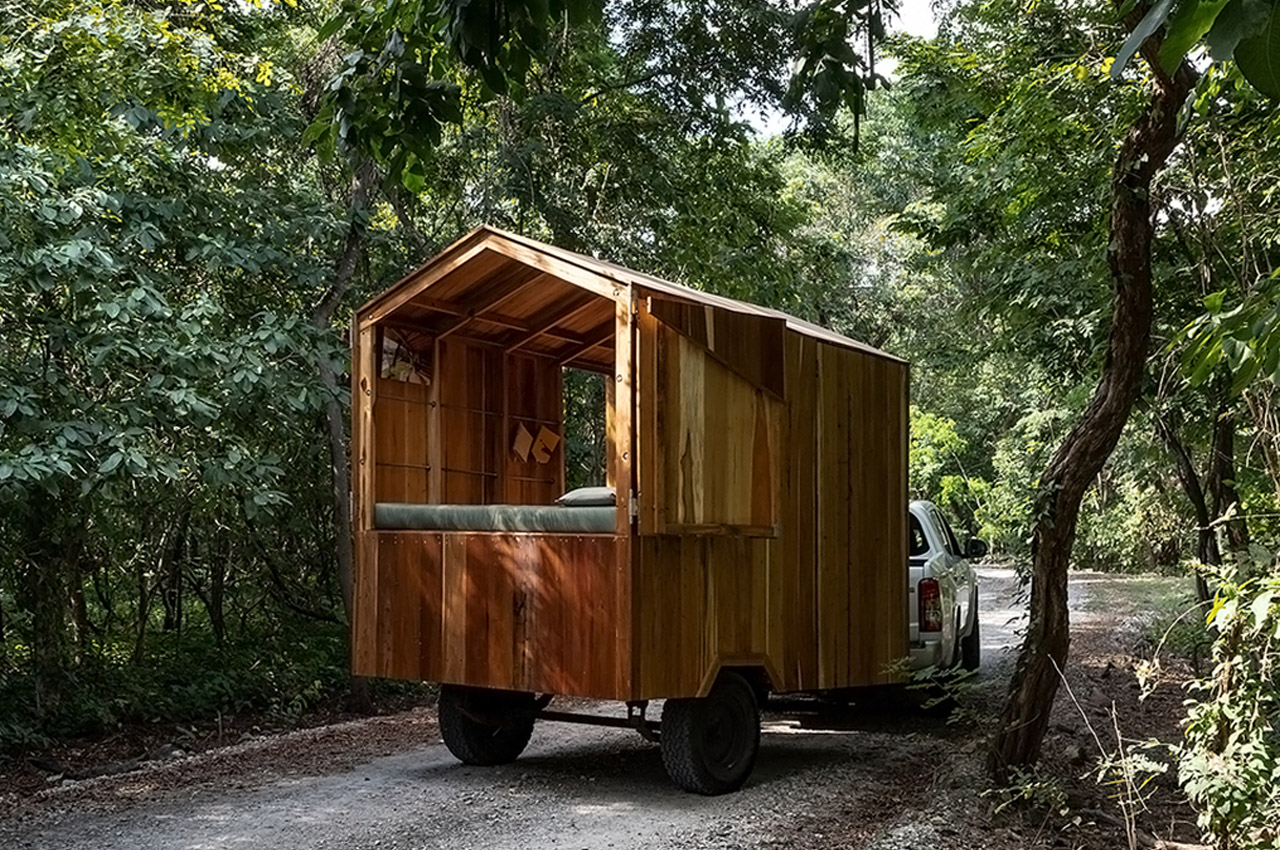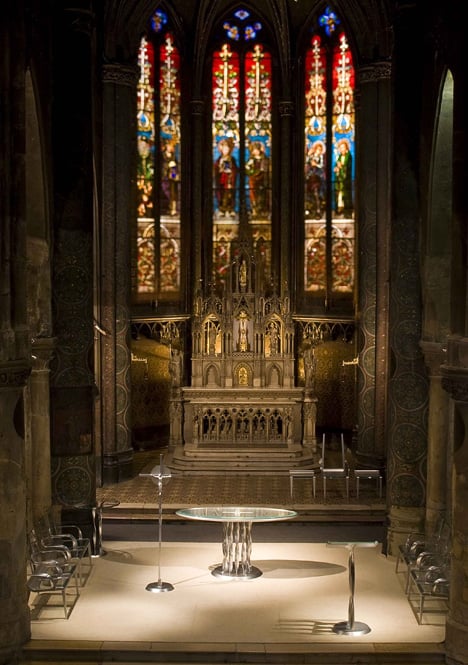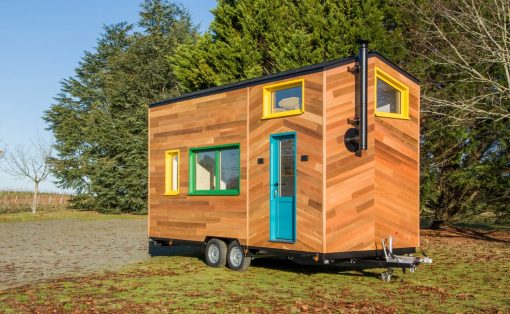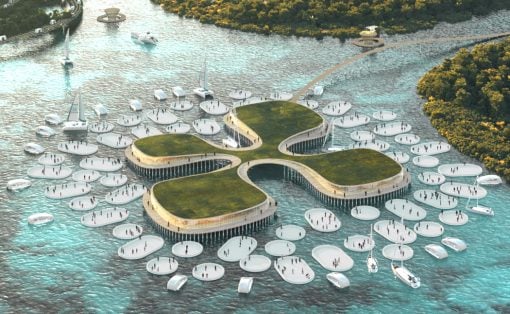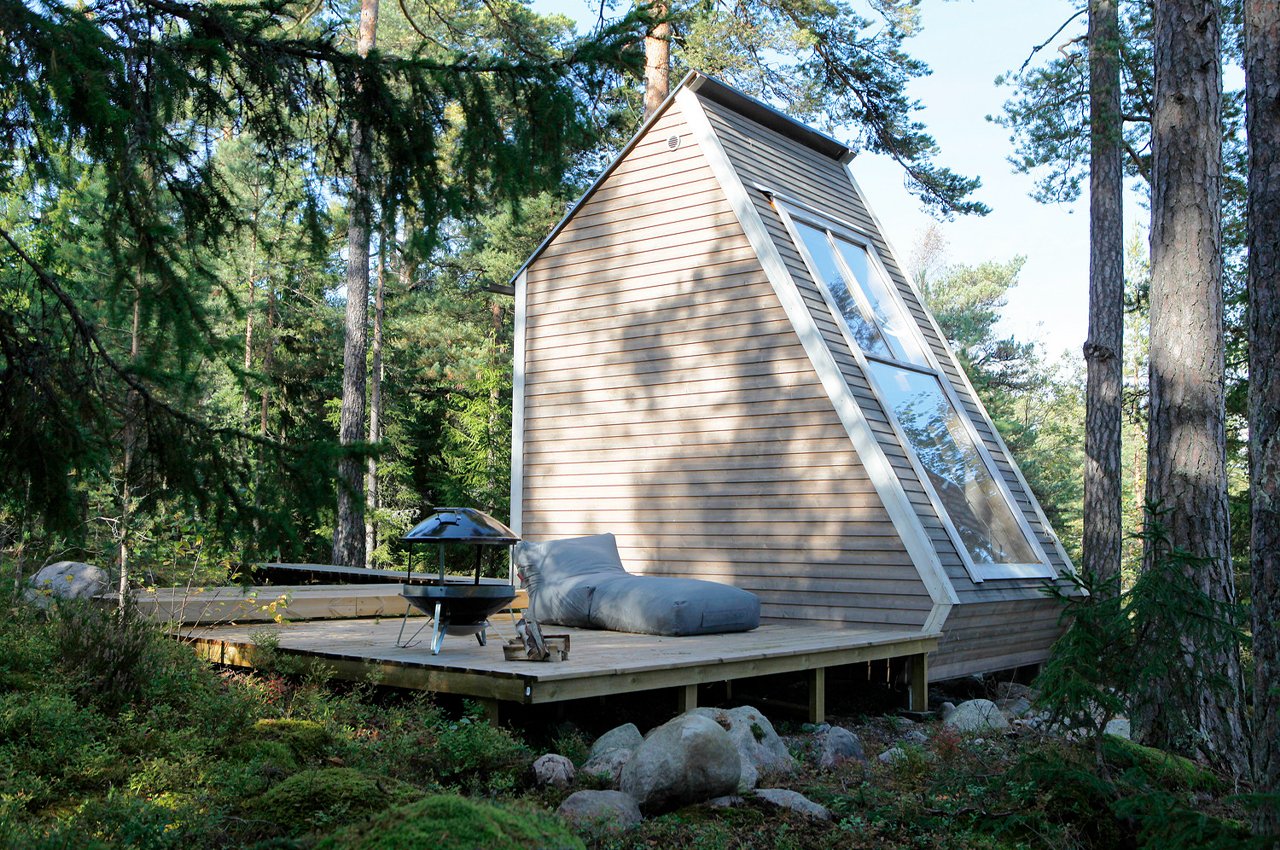
When it comes to houses, there are two things that would stop people dead in their tracks. One is a large and majestic masterpiece built on a sprawling lot; the other is a petite, often rectangular box that makes you question whether it’s inhabitable at all. Defying how our brains seem to be wired by default, these tiny homes sometimes called tiny houses, are popping up all over the world, almost ironically in many developing nations. But while the idea and spirit behind these miniature abodes sound like they’re the sustainable housing solution of the future, prospective tiny home builders and buyers still face considerable hurdles that seem to dwarf these tiny homes.
Back to Basics
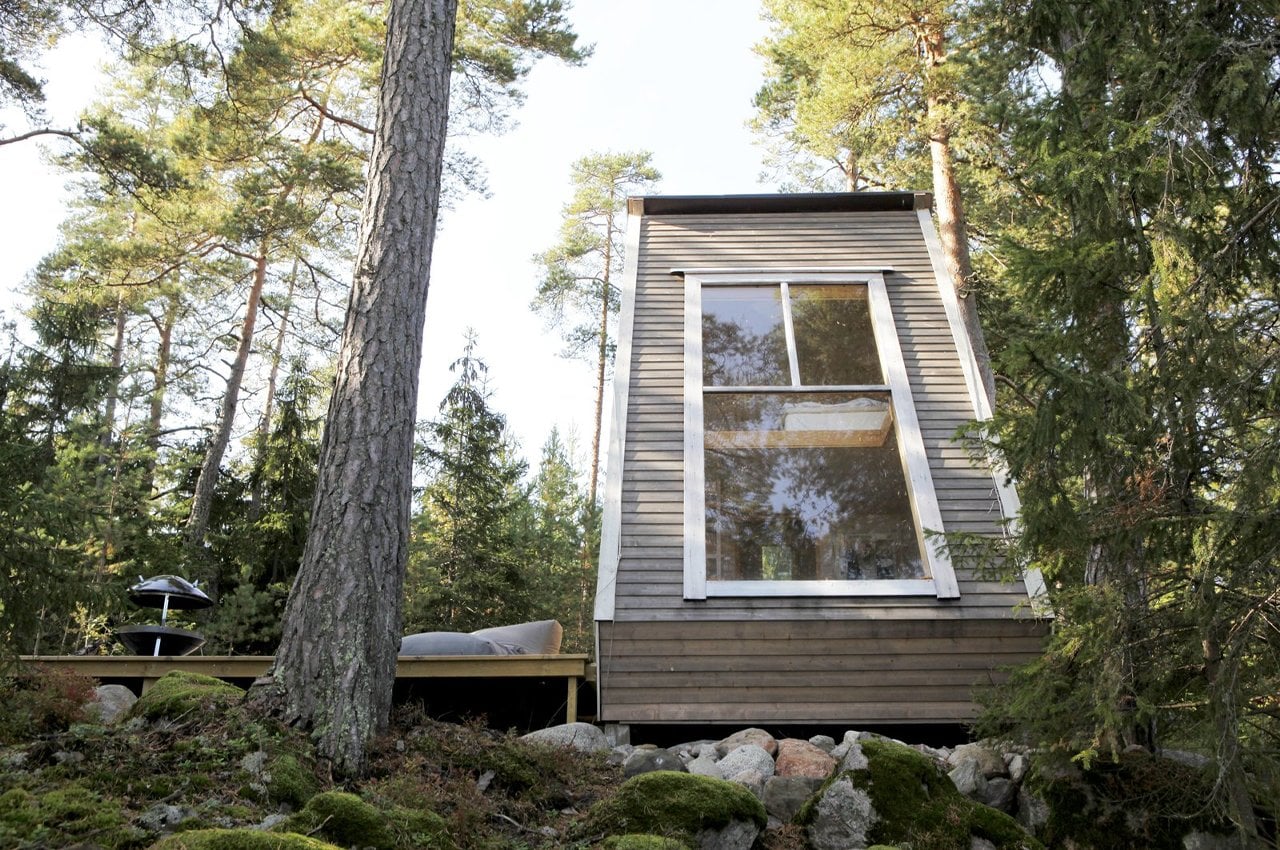
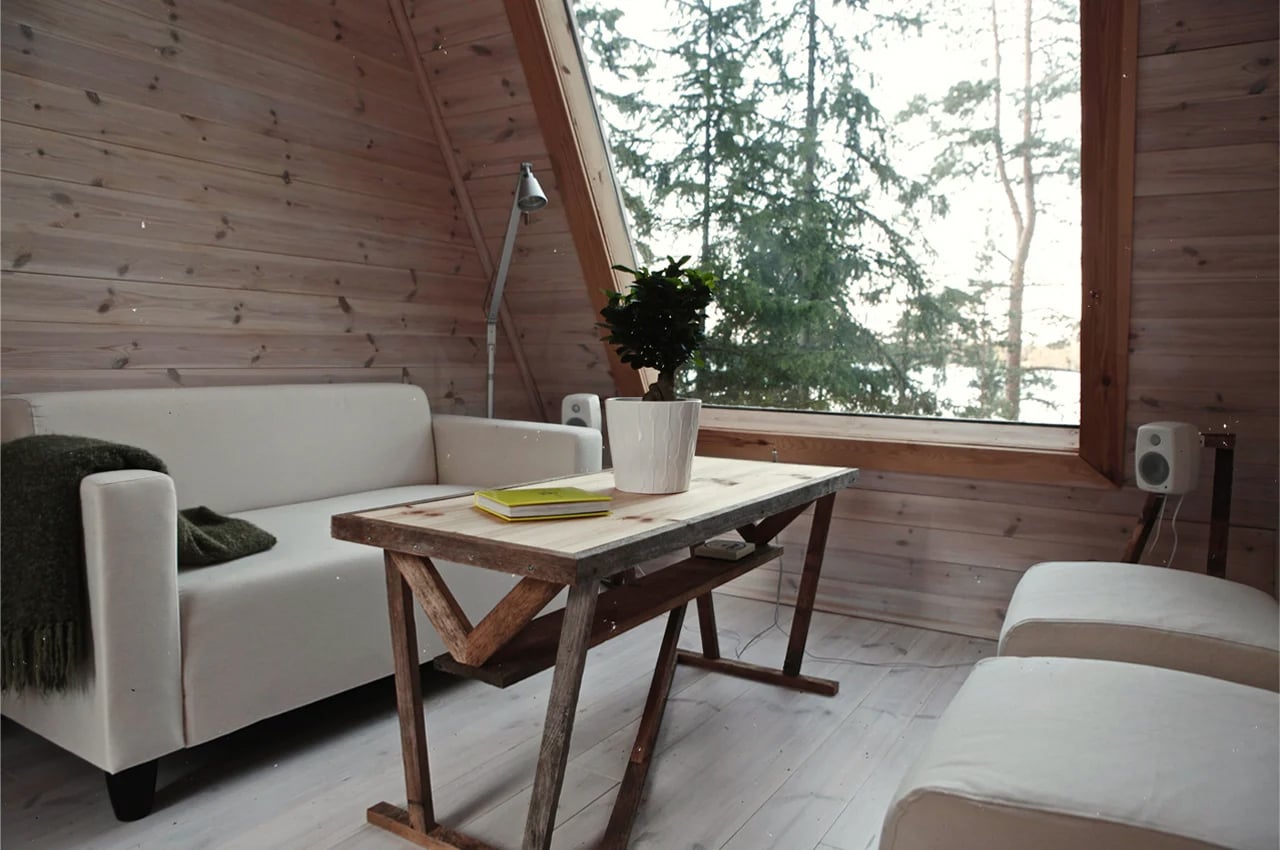
Nido by Robin Falck
Just as minimalism in design, architecture, and lifestyle was born as a reaction to the growing excess and superfluity half a century ago, the tiny home movement found its roots in the 70s as a response to the increasing sizes and prices of the average house. Financial Times reported back in 2009 that, in the US, this average grew from 1,750 sq ft in 1978 to 2,479 sq ft in 2007. By 2013, TreeHugger said the figure jumped to 2,662 sq ft. Along with sizes, the costs of building materials, upkeep, and utilities proportionally increased over time as well.
Economic recessions like those in the early 2000s, as well as the more recent COVID-19 pandemic, were a rude awakening for everyone around the world. Bigger houses started to look unsustainable, not to mention unaffordable. The need for smaller, cheaper, more sustainable, and more environment-conscious housing unsurprisingly increased in the past ten years.
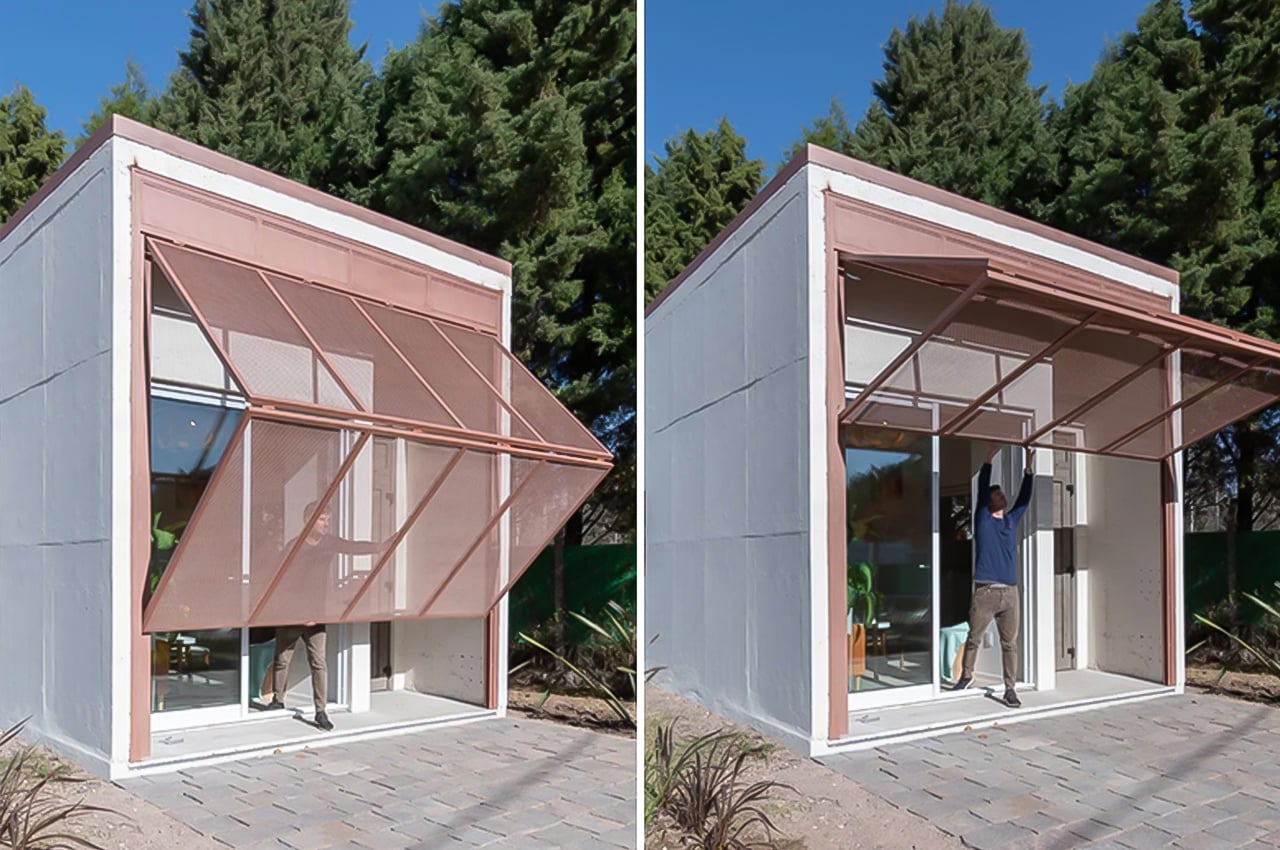
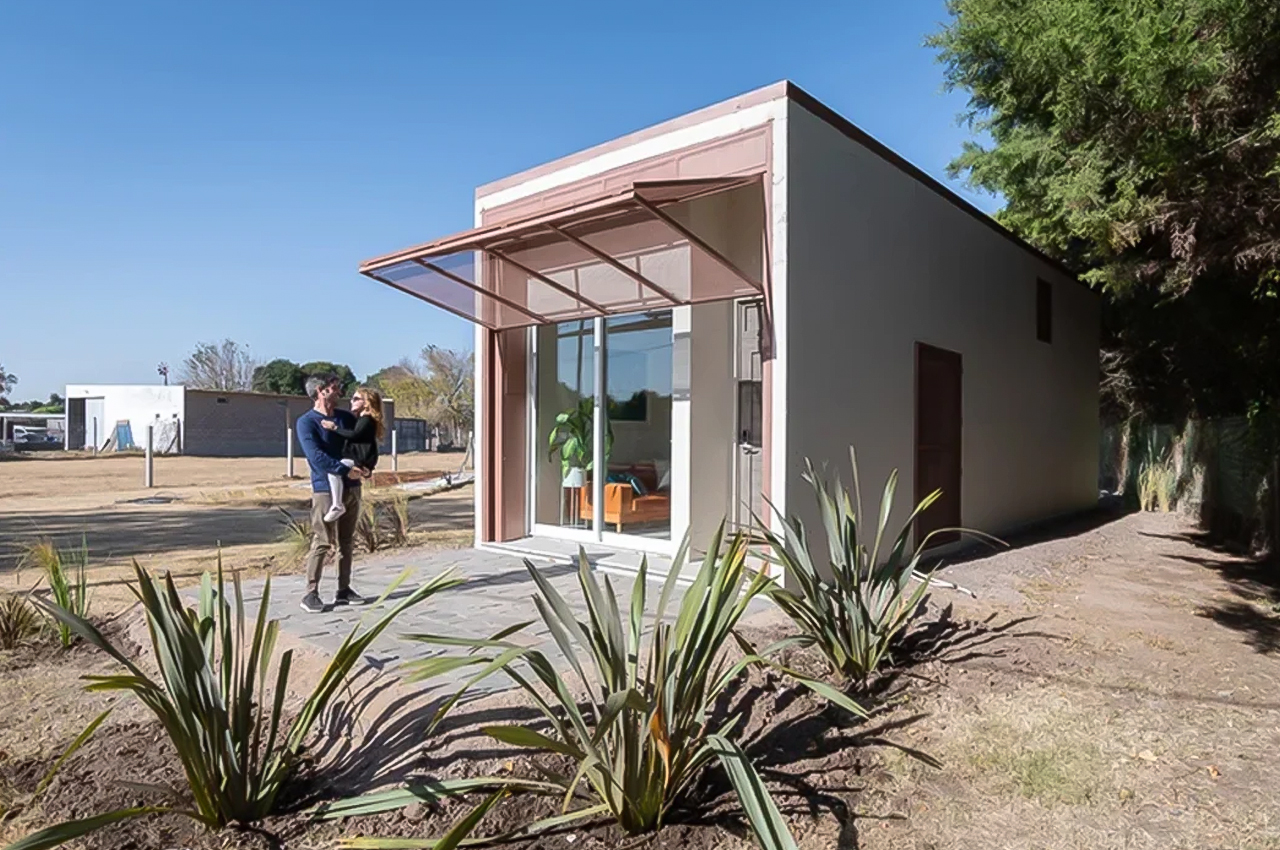
Hüga by Grandio
Although tiny homes have been around for decades, the movement seems to have really picked up in the past few years. No longer just the purview of adventurers, environmentalists, architects, and self-builders, tiny homes have become almost commercialized to the point that there are multiple businesses built around selling pre-made housing. With rising popularity, however, also comes misunderstandings, presumptions, and fantasies, and some budding tiny home adopters might find themselves at a literal and financial loss when diving head-first into this novel and alluring concept.
Elsa by Olive Nest Tiny Home
Life in the Small
There is certainly an air of wonder and awe at the thought of living in such a constrained space no larger than 400 sq ft or so. It gives off vibes of independence from possessions or a spirit of rebellion as you eschew the conveniences of modern life. Tiny homes also seem to overflow with creativity as builders, designers, and homeowners try to make do with what little space they have or, more importantly, what little resources they can use.
Like minimalism, tiny homes force you to pare what you have down to the bare essentials. It is more extreme in this case, of course, since this isn’t just a room or office but where you will be living for years. It requires an even bigger deal of introspection as you decide not only what’s important but also what’s livable for you and your family.
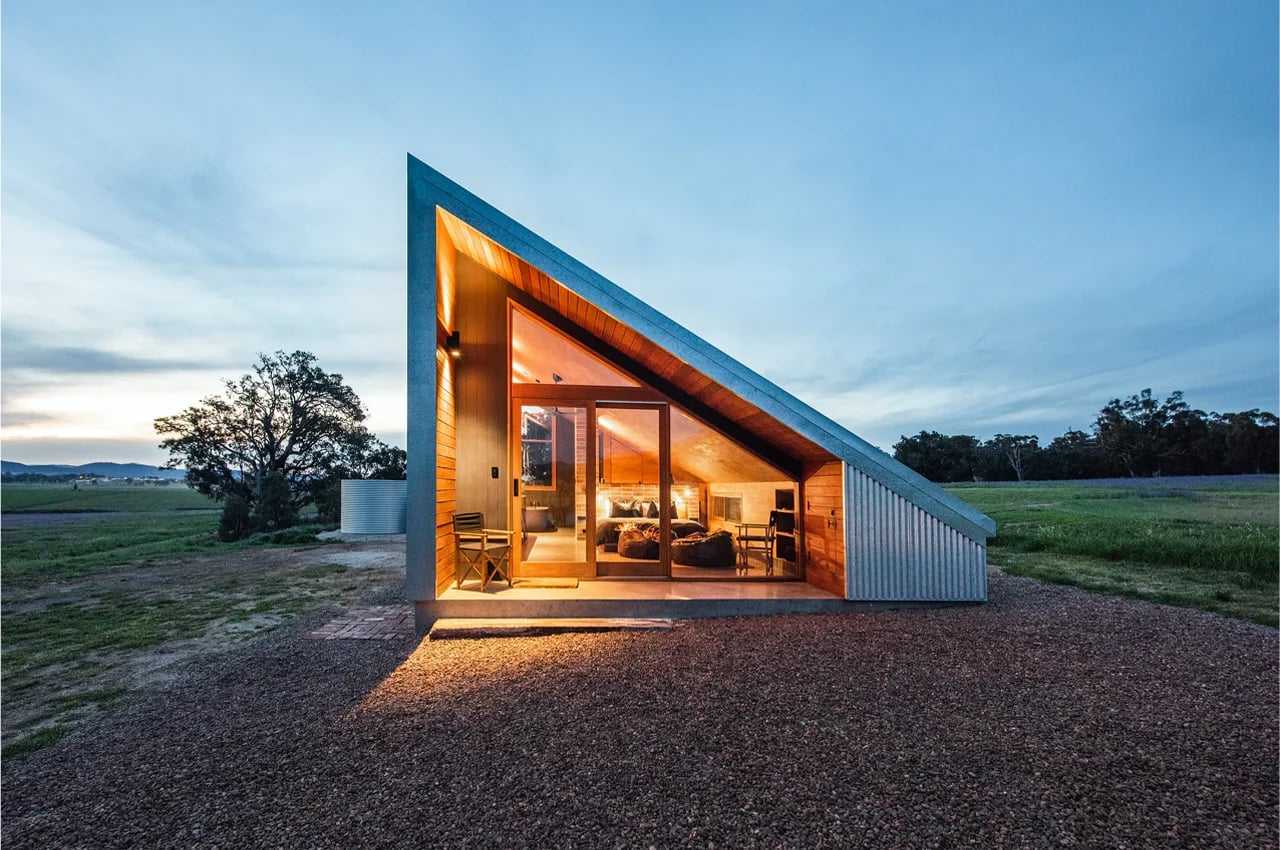
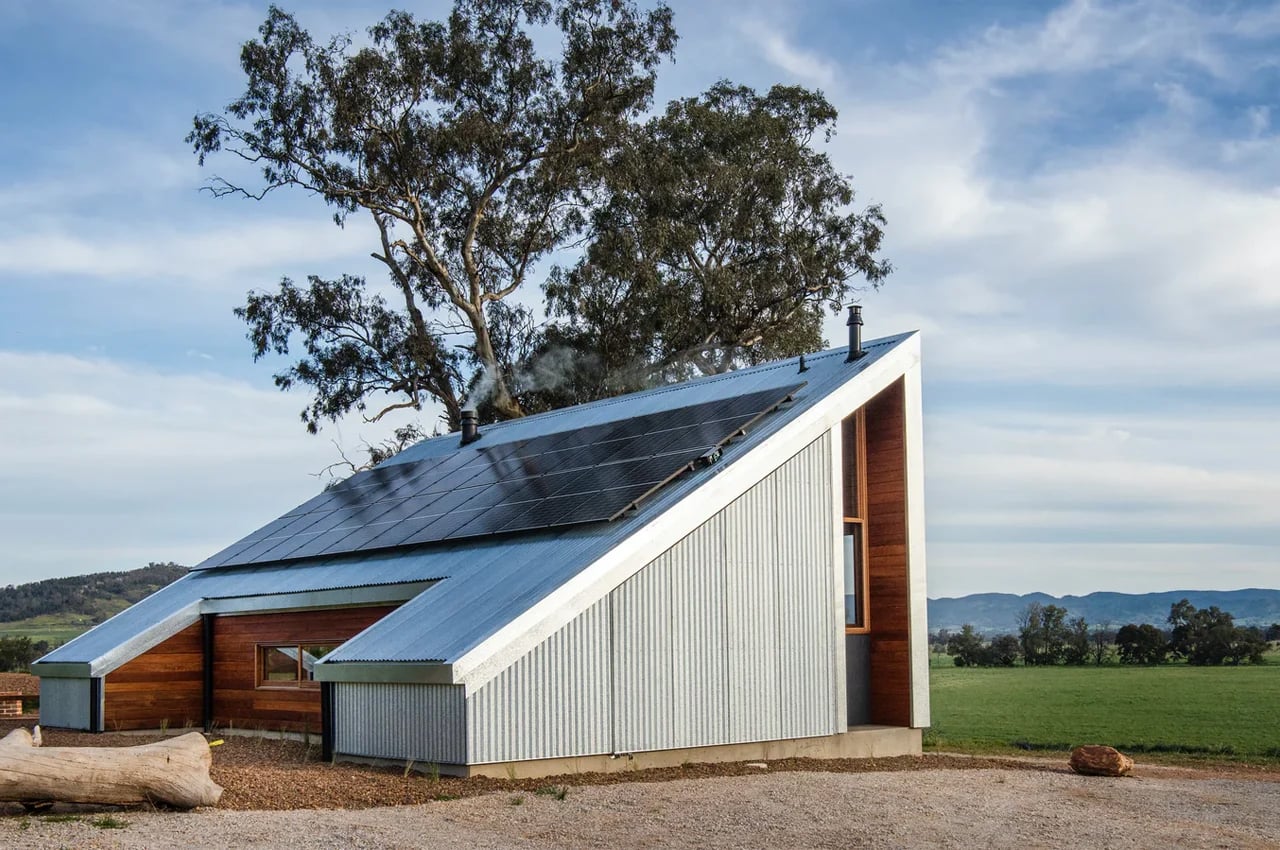
Gawthorne’s Hut by Wilgowrah, Cameron Anderson, & Callander Constructions
Power and water will be some of the biggest considerations you’ll have to decide on right off the bat, things that we might take for granted with traditional housing. Part of the tiny home idea includes reducing the carbon footprint and waste produced when building and using full-sized houses, but that might not always be the case these days. The plethora of off-grid power options today, like solar and rechargeable batteries, make one part of that equation easy to solve, but plumbing will require more thought, not to mention negotiation with local governments and neighborhoods.
Idyllic as it might sound, investing in a tiny home can actually be more complicated than buying or building a regular one. You aren’t just setting up camp for an overnight stay, after all, and are making provisions for a hopefully permanent residence. If you are considering getting into this almost radical new lifestyle, there are still some things you’ll want to keep in mind and don’t be surprised if they seem bigger than the house itself.
Natura by The Tiny Housing Co
Big Considerations
Given their novelty, there is still a lot of gray areas about tiny homes when it comes to zoning and housing laws. That includes not only the more permanent houses that you set up foundations for but also the wheeled ones that can fall under the RV category. Some neighborhoods don’t exactly take kindly to the odd miniature homes, but the ones that are up for sale or rent are often vetted in this regard.
You can’t escape the laws of nature either, especially if you’re building in remote areas, on mountains, or in the middle of the trees. Having your independent power and plumbing puts you at Mother Nature’s mercy even more, and there are also risks of landslides or sinking you might not have considered early on, especially if you planned on a more mobile design.
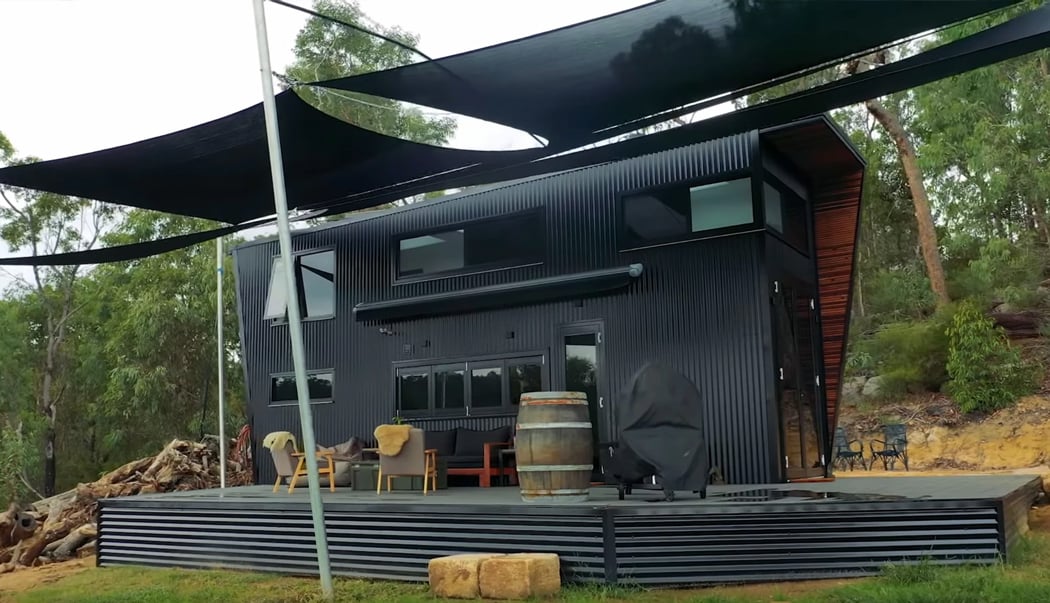
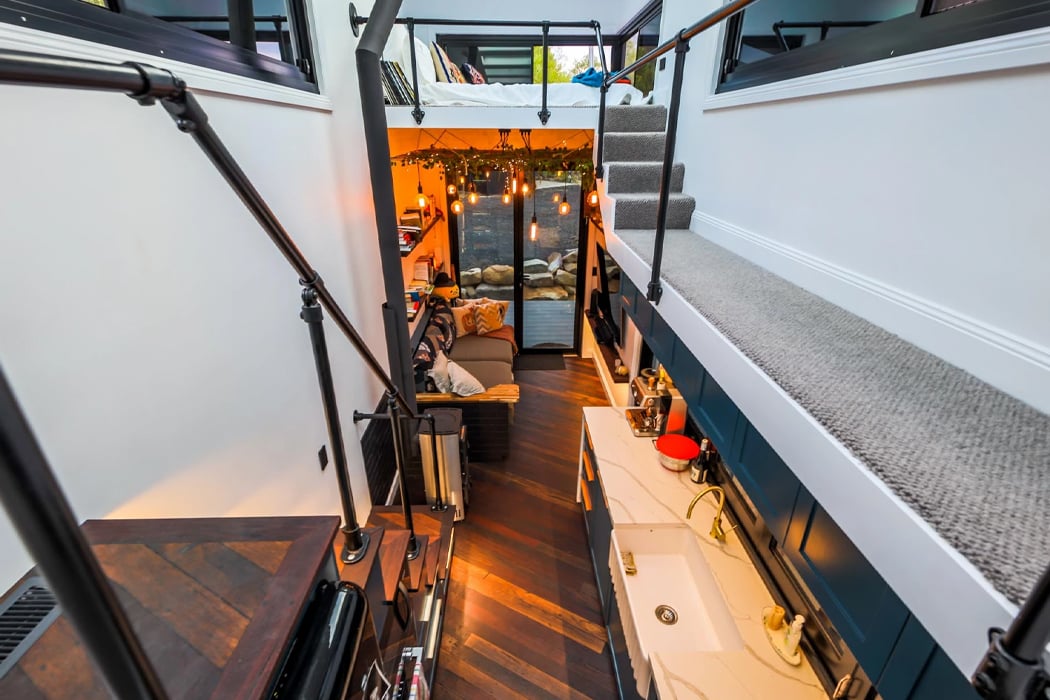
Designed by Matt and Lisa of Tailored Tiny Co.
Tiny homes aren’t for everyone, and not just because of the lifestyle. There are also psychological impacts from living in such a restricted physical space, especially on younger people. Families, especially those with kids, might want to delay making such a move or, at the very least, consult experts before making a lifestyle and residence shift.
The tiny home movement was born out of a desire for sustainable and economical housing, and it is becoming a blueprint for providing temporary shelters for the homeless. As its popularity grows, however, there is a real risk that it actually loses these hallmarks. The materials used to build them, the power and water sourced to make them livable, and the costs of building or buying these tiny homes could eventually defeat the entire purpose of these smaller habitats.
La Casa Nueva by Juan Alberto Andrade
Final Thoughts
There are forecasts that the tiny homes industry will grow to around $5.80 billion by 2024, a rather astounding number given the relatively smaller sizes of these houses. The sustainability and environmental impact of tiny homes, however, will be largely dependent on where the new generation of builders and homeowners take this new design trend. Living in small homes doesn’t necessarily make everything smaller. In fact, some problems might even seem bigger once you’ve gotten rid of all the unnecessary elements of life.
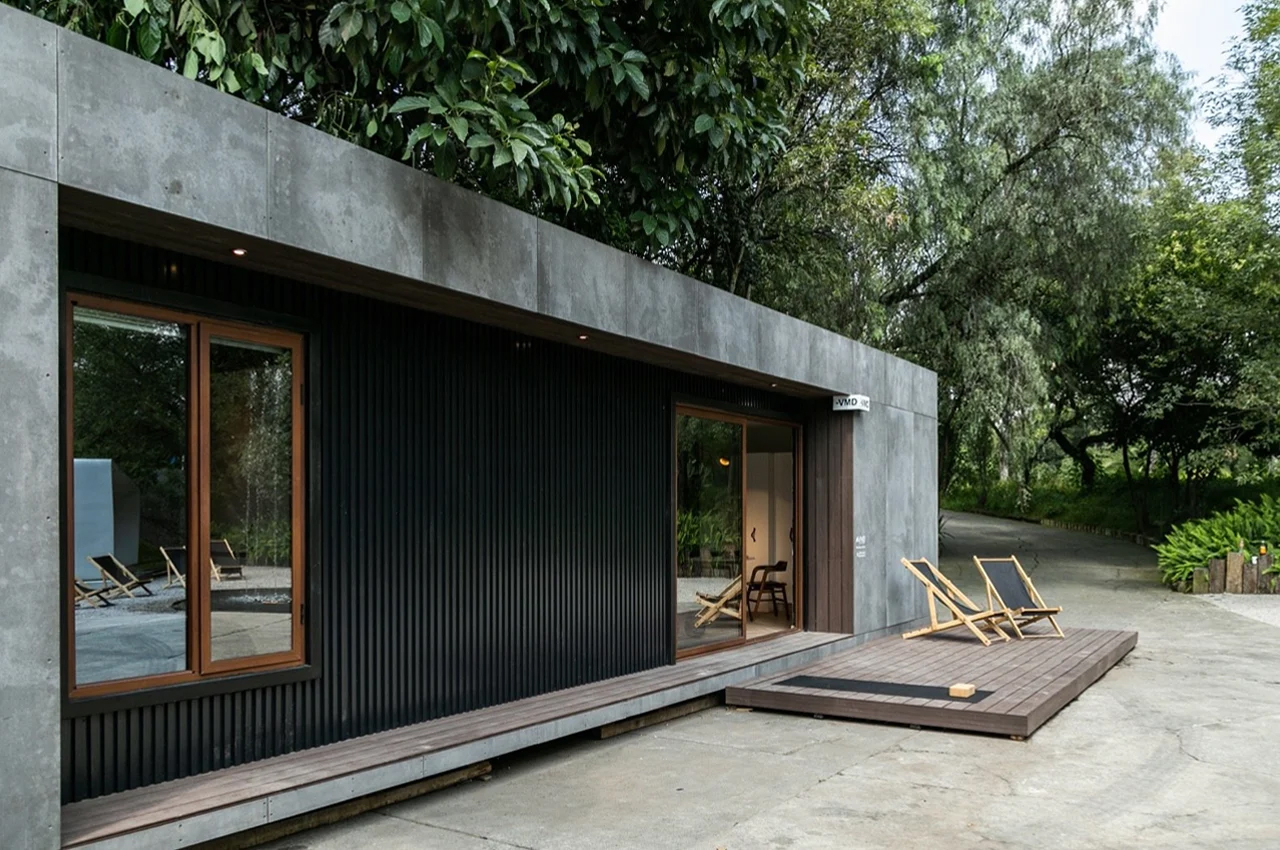
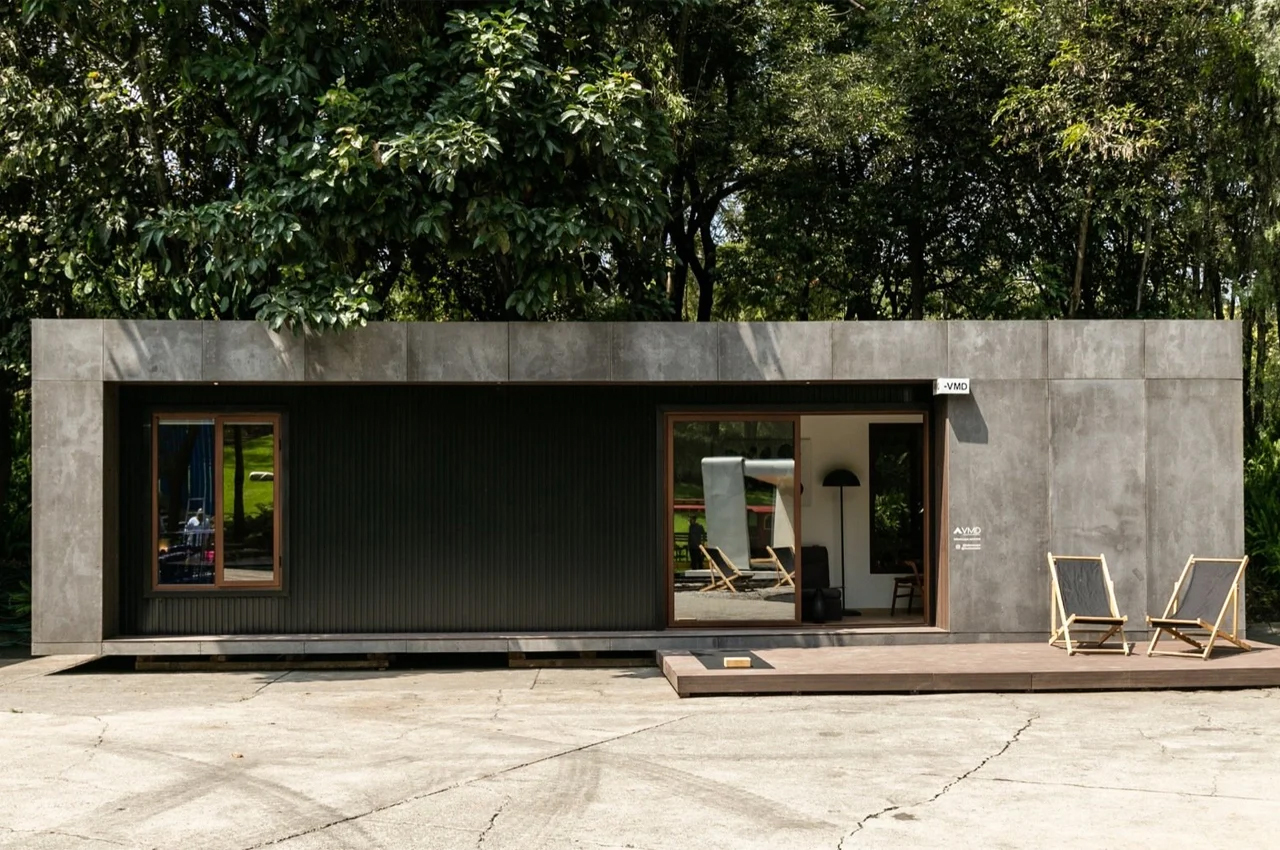
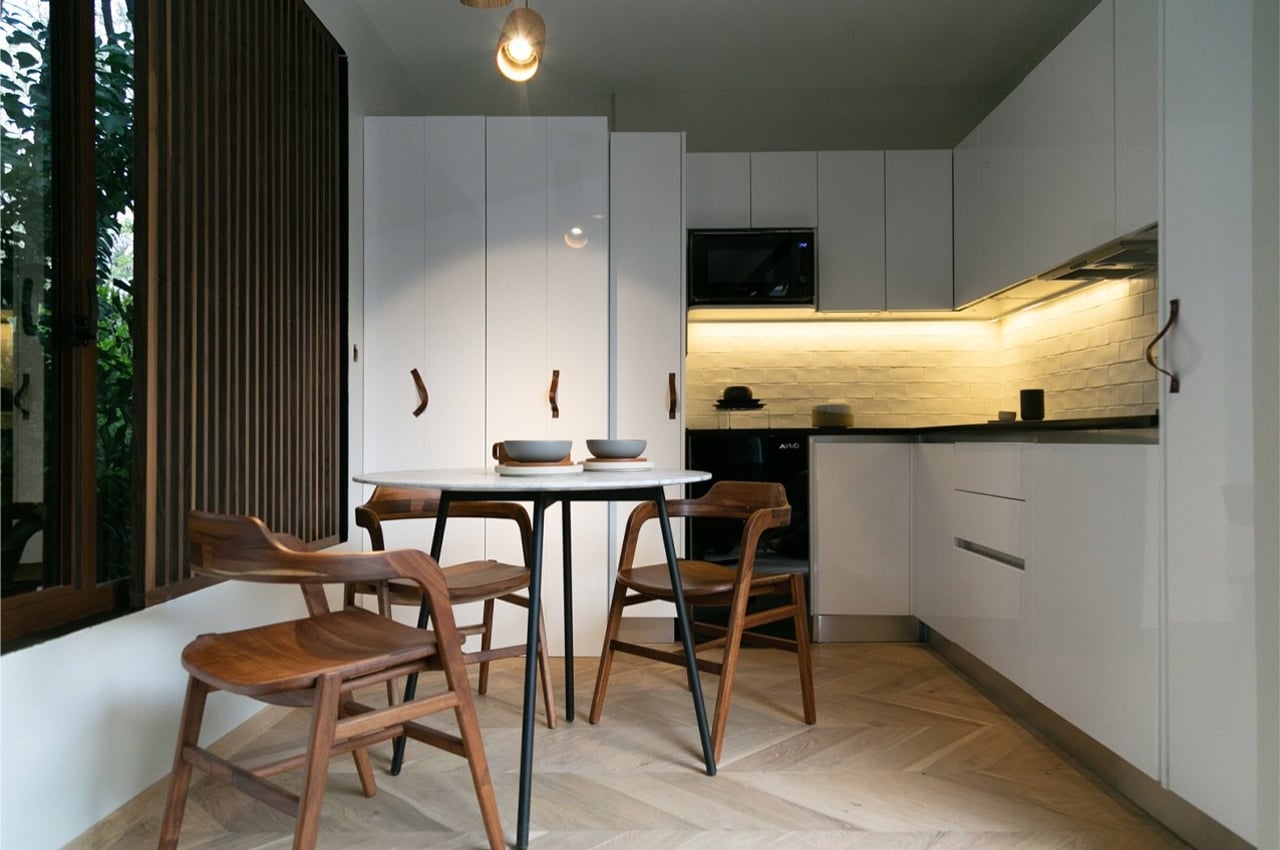
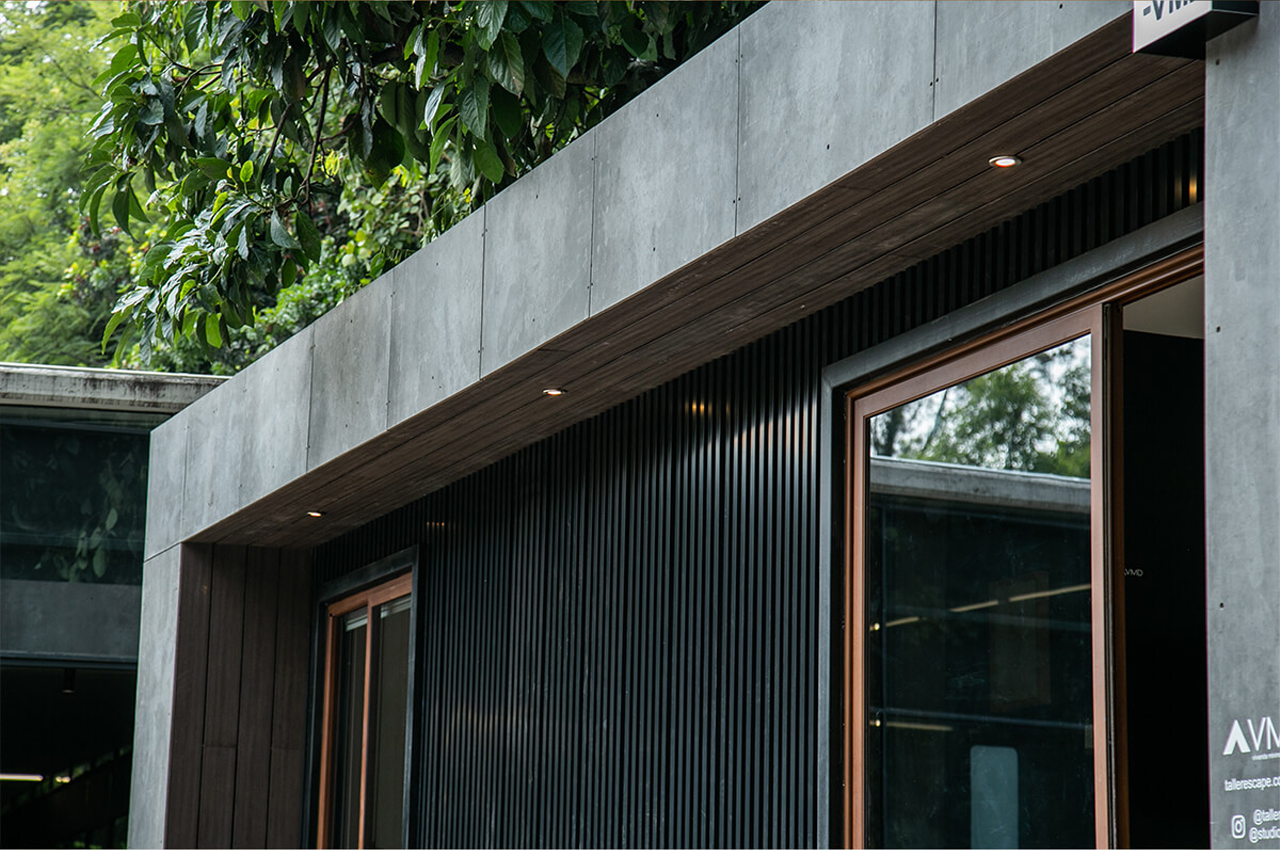
Vivienda Minima de Descanso by STUDIOROCA

